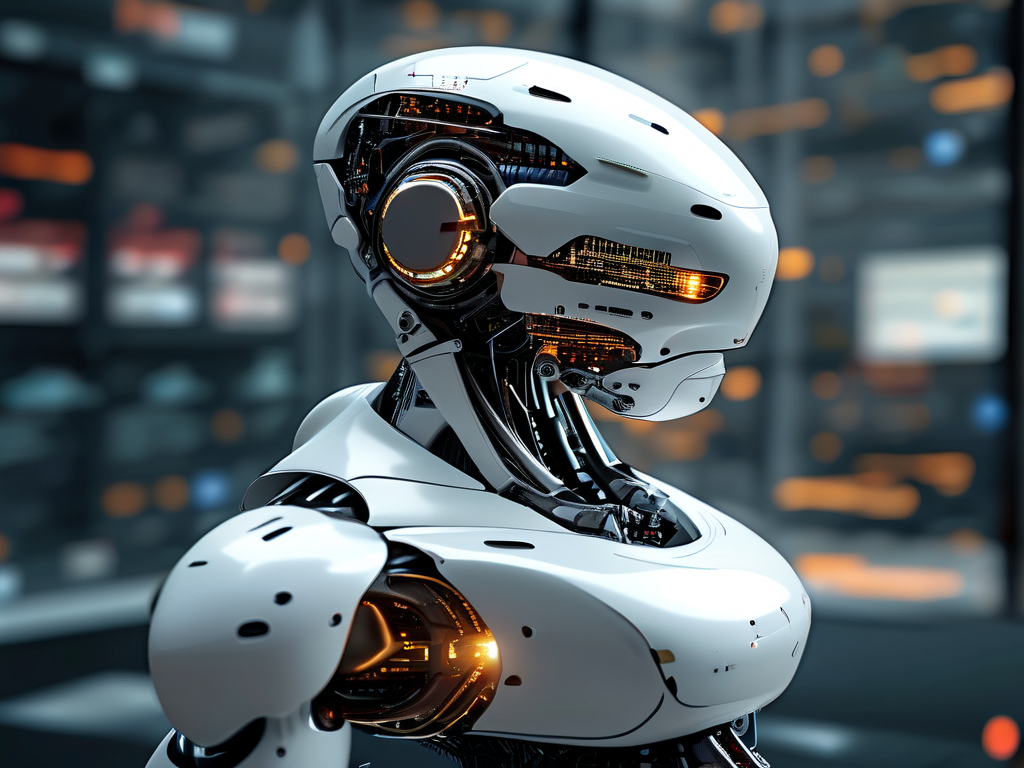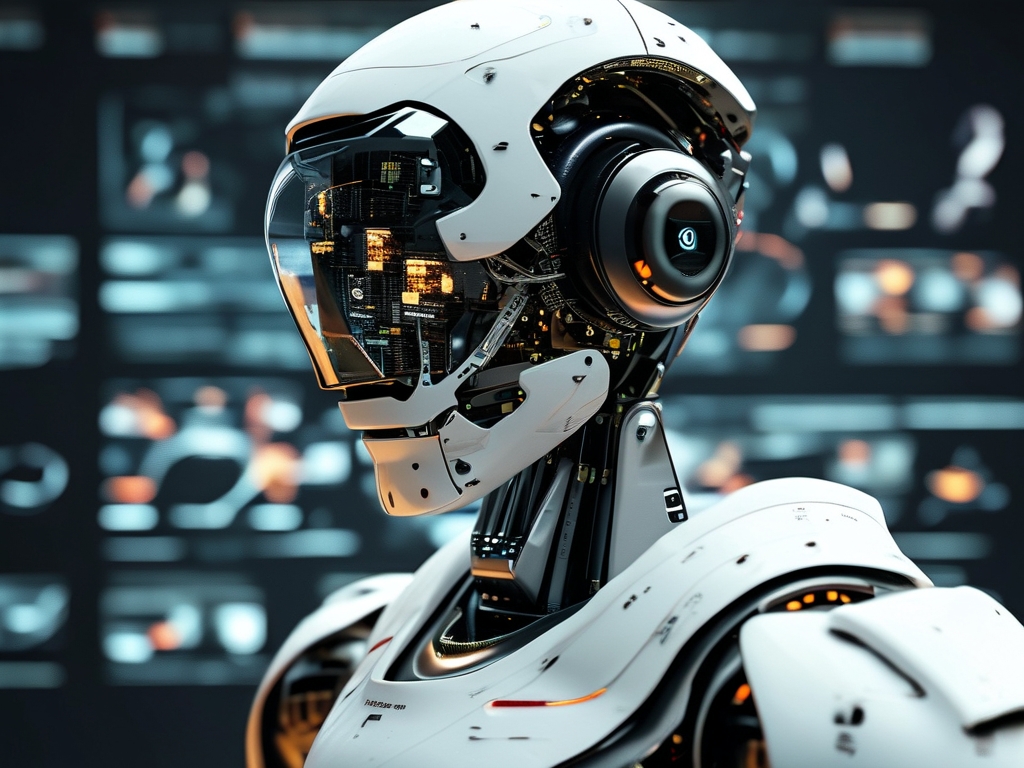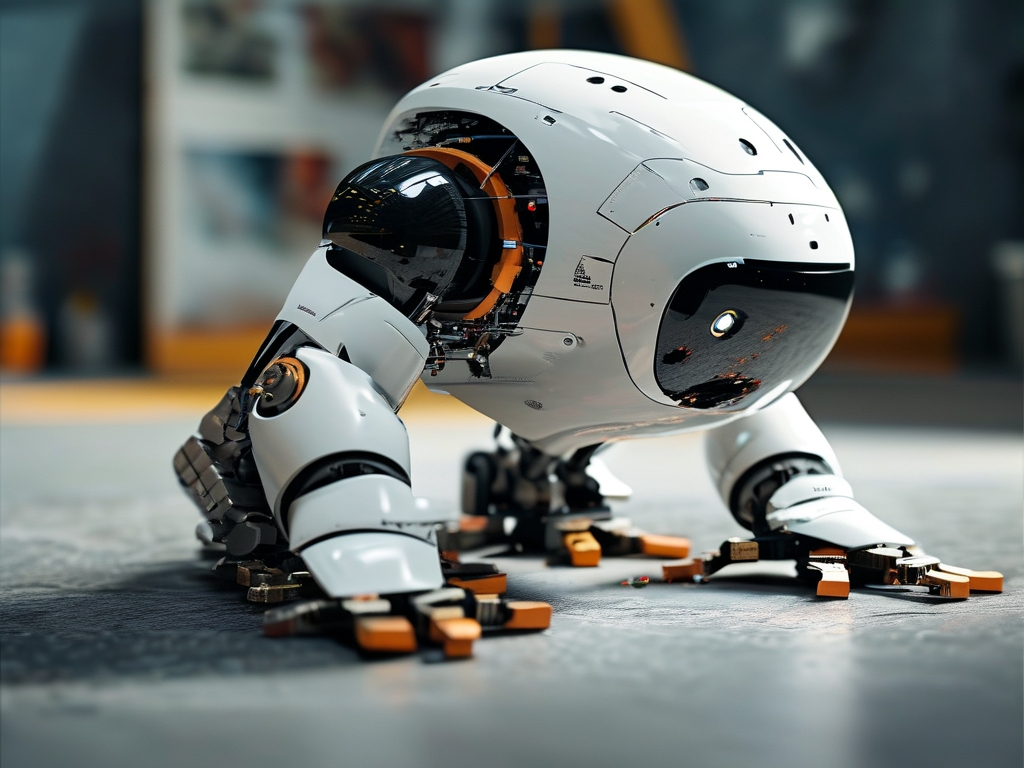Optimization algorithms play a pivotal role in artificial intelligence, enabling systems to learn and adapt efficiently by minimizing errors or maximizing objectives. These methods are fundamental in training machine learning models, from simple regressions to complex neural networks, driving advancements in areas like autonomous vehicles and natural language processing. Understanding common optimization techniques helps practitioners enhance model performance and reduce computational costs.

One widely used algorithm is gradient descent, which iteratively adjusts model parameters to find the minimum of a cost function. It calculates gradients to move in the direction of steepest descent, making it ideal for convex problems but prone to getting stuck in local minima for non-convex landscapes. A variant, stochastic gradient descent (SGD), improves efficiency by processing small batches of data randomly, reducing memory usage and accelerating convergence in large datasets, though it can introduce noise leading to oscillations. For instance, SGD is often employed in deep learning frameworks like TensorFlow to train image classifiers, where handling millions of images demands scalable solutions.
Adam, or Adaptive Moment Estimation, combines the benefits of SGD with adaptive learning rates, using moving averages of gradients to adjust step sizes dynamically. This algorithm excels in noisy or sparse data scenarios, such as training recurrent neural networks for time-series forecasting, as it converges faster and requires less tuning compared to vanilla SGD. However, Adam may overshoot optima if hyperparameters like learning rates are poorly chosen, emphasizing the need for careful experimentation.
Genetic algorithms, inspired by natural selection, use operations like mutation and crossover to evolve solutions over generations. They are robust for global optimization in high-dimensional spaces, such as optimizing neural network architectures in automated machine learning, but can be computationally intensive and slow for real-time applications. Similarly, particle swarm optimization mimics social behavior, with particles exploring the search space collaboratively to find global minima, making it suitable for non-differentiable functions in robotics path planning, though it requires fine-tuning swarm size to avoid premature convergence.
Code snippets illustrate these concepts effectively. For example, here's a Python implementation of gradient descent using NumPy:
import numpy as np
def gradient_descent(X, y, learning_rate=0.01, epochs=100):
m, n = X.shape
theta = np.zeros(n) # Initialize parameters
for epoch in range(epochs):
gradient = (1/m) * X.T.dot(X.dot(theta) - y) # Compute gradient
theta -= learning_rate * gradient # Update parameters
return theta
This code minimizes a linear regression cost function, showcasing how gradients drive parameter updates iteratively.
Other notable algorithms include RMSprop, which adapts learning rates based on recent gradient magnitudes for stable training in deep networks, and simulated annealing, a probabilistic method that escapes local optima by occasionally accepting worse solutions during searches. These techniques often complement each other; for instance, hybrid approaches like using genetic algorithms to initialize weights for Adam can boost efficiency in complex models.
In , mastering these optimization algorithms empowers AI developers to tackle diverse challenges, from improving accuracy in predictive models to reducing energy consumption in edge computing. As AI evolves, innovations in optimization will continue to shape smarter, more efficient systems, underscoring the importance of foundational knowledge in this domain.









